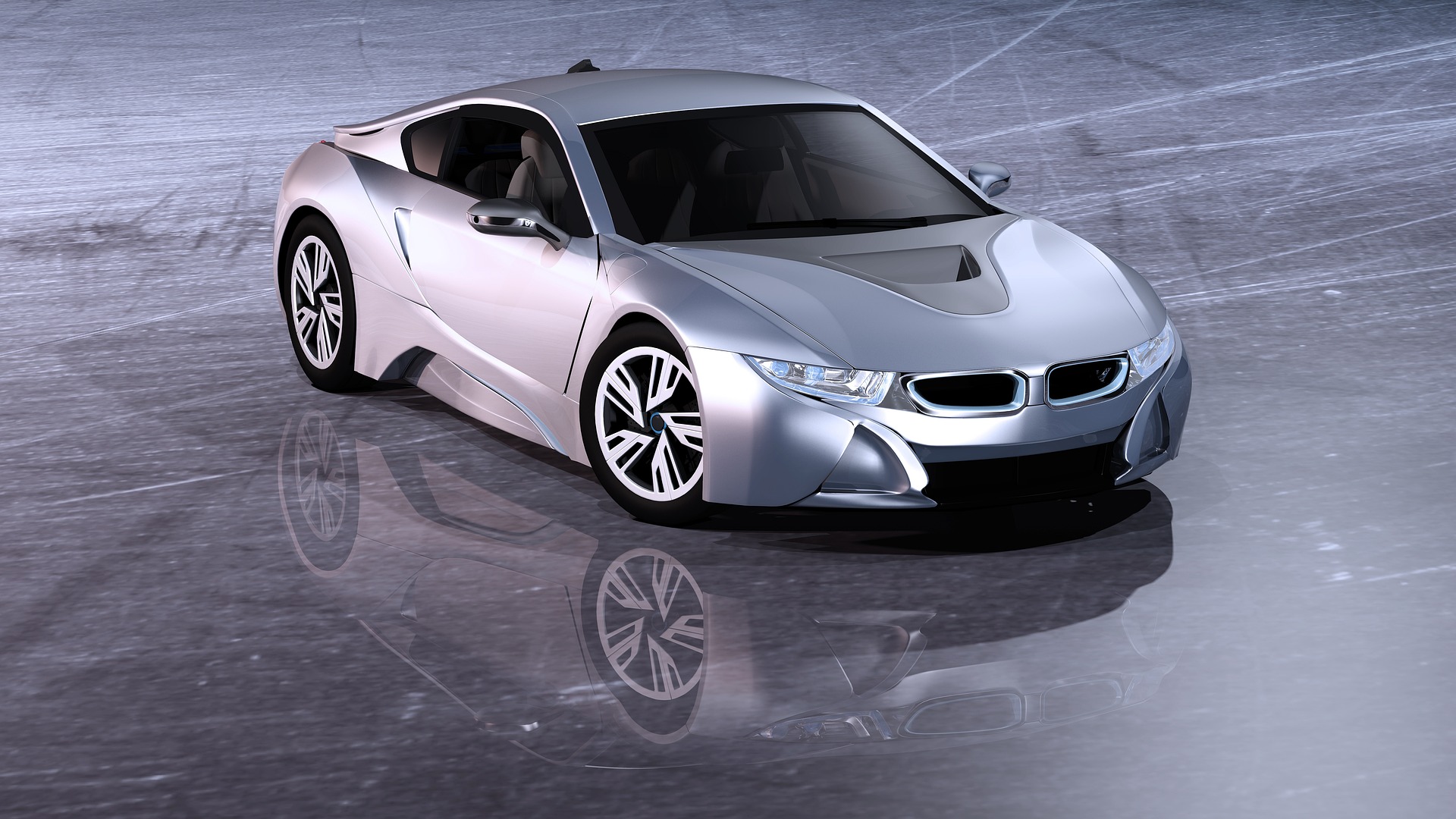"Demystifying the Secrets of Variable Geometry Turbochargers"
The world of automotive technology is ever-evolving, and one mechanism that has revolutionized engine performance is the Variable Geometry Turbocharger (VGT). This device, while not new, has seen a resurgence in popularity due to its efficiency, power, and environmental benefits. But what exactly are VGTs, and how do they work? Let's dive in.

Uncovering the Past: A Look at Turbocharger History
Turbochargers have been part of the automotive landscape since the early 20th century, initially used in aircraft engines during World War I to enhance high-altitude performance. However, the concept of incorporating adjustable vanes to control airflow—central to VGTs—didn’t emerge until much later, with the first patent for a VGT awarded in the 1950s.
The Anatomy of a Variable Geometry Turbocharger
At its core, a turbocharger’s role is to force more air into an engine’s combustion chamber, thereby increasing its power output. Unlike conventional turbochargers that use fixed vanes, VGTs employ adjustable vanes to manage airflow based on engine speed. At low speeds, the vanes constrict to increase air velocity, reducing turbo lag. Conversely, at high speeds, the vanes open wider to allow more air to flow, maximizing engine power.
The Rise of VGTs in the Automotive Landscape
In the past decade, VGTs have seen a surge in popularity within the automotive industry. Their ability to optimize engine performance across a wide range of operating conditions makes them desirable for both high-performance sports cars and fuel-efficient family cars. Plus, they contribute to a reduction in harmful emissions—a key focus of modern vehicle manufacturers amidst growing environmental concerns.
The Advantages and Challenges of VGTs
VGTs offer numerous benefits like improved fuel efficiency, lower emissions, and enhanced power output. However, they also present certain challenges. The complex design of VGTs can lead to higher manufacturing costs and increased potential for mechanical failure. Additionally, their effectiveness in gasoline engines is limited due to the higher exhaust temperatures, which can damage the adjustable vanes.
Looking Forward: The Future of VGTs
While VGTs are not a new invention, their potential is far from exhausted. With ongoing research and technological advancements, we can expect to see further improvements in VGT design and application. Who knows, the VGT of the future might overcome its current limitations and become a standard feature in vehicles of all types.
In conclusion, Variable Geometry Turbochargers represent a fascinating piece of automotive technology, blending historical ingenuity with modern advancements. As we continue to push the boundaries of engine performance and efficiency, devices like VGTs will undoubtedly play a crucial role in shaping our automotive future.





